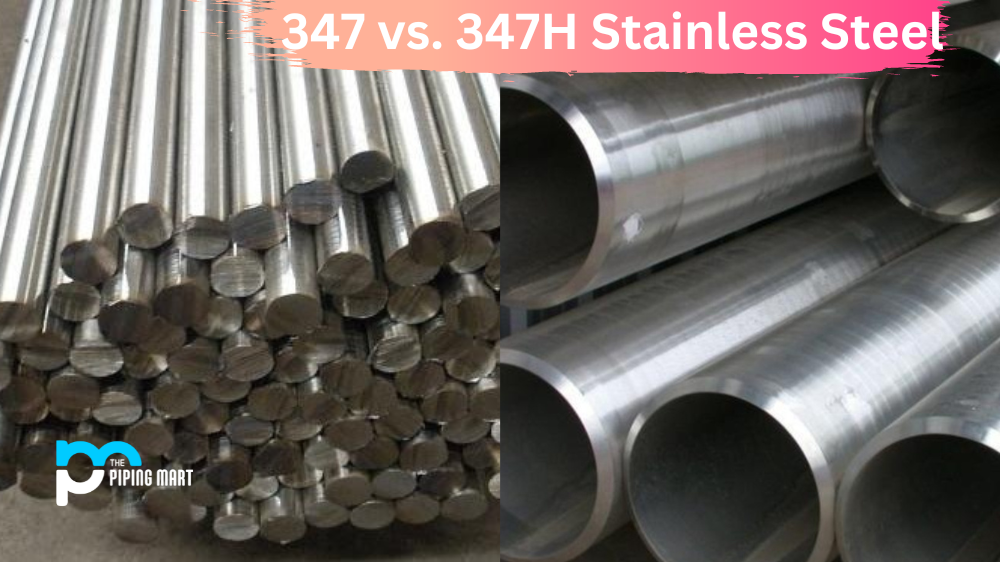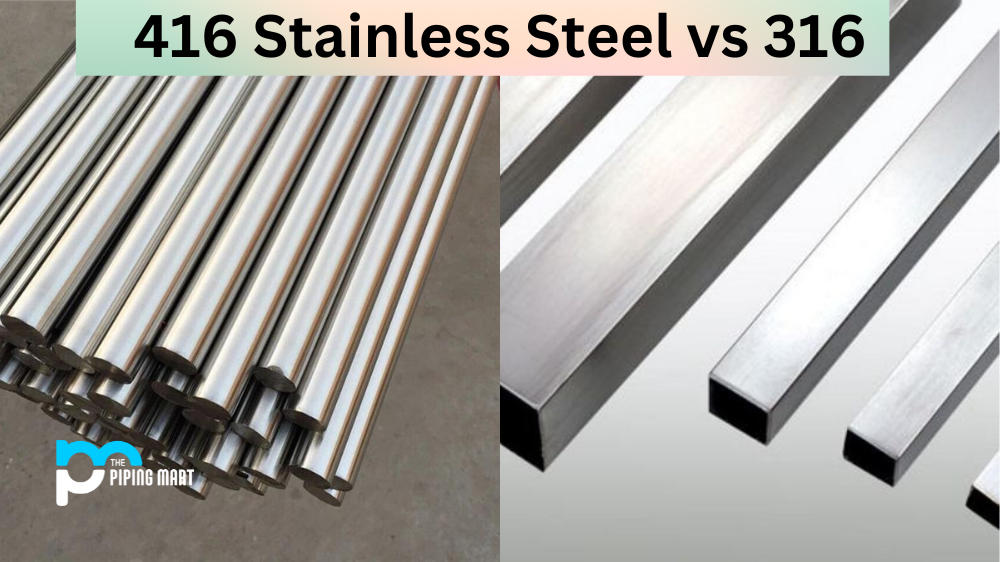When choosing the suitable steel alloy for your project, navigating the many options available can be overwhelming. Two commonly used alloys are 4130 and 8620. While they may seem similar, significant differences can affect their performance in different applications. In this post, we’ll dive into the key characteristics of these two alloys to help you make an informed decision.
Difference Between 4130 and 8620 Steel
Composition
4130 and 8620 are both low-alloy steels that are often used in the manufacturing of aircraft, automotive and oil and gas industry components. The main difference is the amount of carbon in each alloy. 4130 has less carbon than 8620, which gives it higher ductility and better weldability. This makes 4130 a popular choice for parts that require complex shapes and where welding is necessary.
On the other hand, 8620 contains a higher percentage of carbon, which makes it stronger and more complex than 4130. This added strength makes it a good choice for more significant parts that require high strength and toughness. The increased hardness of 8620 also makes it less malleable than 4130 but easier to machine.
Properties
The different chemical compositions of 4130 and 8620 steel give each one unique properties. 4130 steel is known for its weldability, toughness, and ductility, while 8620 steel is known for its strength, wear resistance, and ability to withstand high temperatures.
Applications
Both 4130 and 8620 steel have a variety of applications in several industries. 4130 steel is often used in the aerospace industry as it can be welded easily and has a high strength-to-weight ratio. It is also used in the automotive sector for parts such as gears, shafts, and crankshafts. 8620 steel is commonly used in the construction industry for applications such as forgings, plates, pipes, and tubing
Heat Treatment
Another notable difference between these two alloys is their heat treatment potential. 8620 can be heat-treated to increase its toughness and wear resistance, which makes it ideal for gears and other heavy-duty machinery parts. While 4130 can also be heat-treated, it is limited in the amount it can be hardened and is generally not used for applications requiring high wear resistance.
Cost
When it comes to cost, 4130 is generally less expensive than 8620. However, this can depend on the manufacturer and the volume of materials needed. 4130 is widely used in the aerospace and aviation industries because of its high strength-to-weight ratio, contributing to fuel efficiency and reducing fuel consumption. 8620, however, is more commonly used in the automotive and heavy machinery industries due to its strength and toughness.
Conclusion
When deciding between 4130 and 8620, it’s essential to consider the specific application of your project. Both alloys have unique characteristics that make them suitable for different parts and uses. If weldability and ductility are important, 4130 is a better option. If strength and toughness are your priorities, 8620 is ideal. Working with a knowledgeable supplier is essential to ensure you select the suitable steel alloy for your needs.

Hey, I’m Krutik, a casual blogger expert in the metal industry. I am passionate about providing valuable information to my readers. With a background in engineering and construction, I like playing Cricket & watching Netflix shows in my free time. Thank you for visiting my blog, and I hope you find my information helpful!




